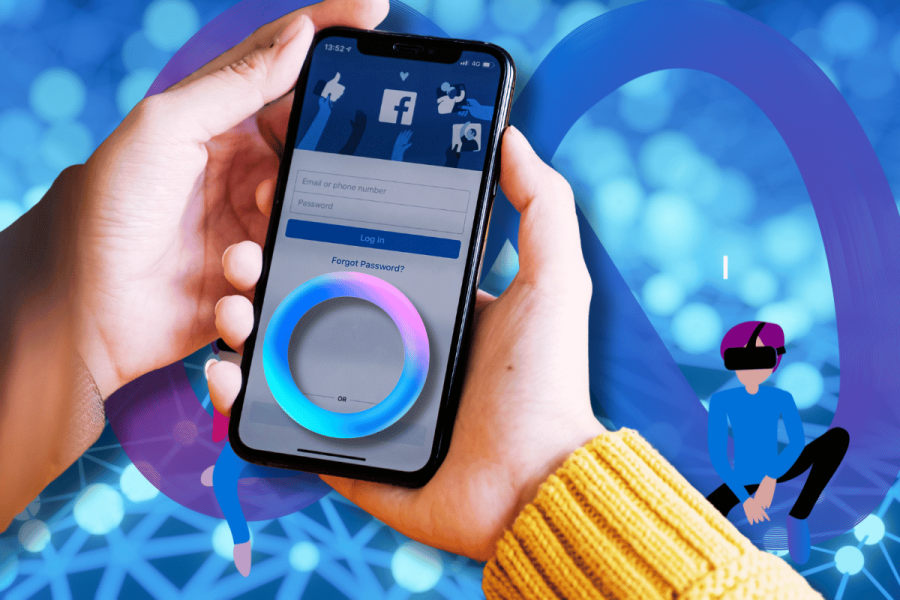
AT&T and Verizon Wireless, the nation’s two largest wireless carriers, intend to market the heck out of Microsoft Windows Phone to prevent Apple from gaining a stranglehold on the U.S. smartphone market. But the strategy has many pitfalls, including the fact that the carriers still can’t afford to live without the iPhone. Bottom line, their love-hate relationship with Apple isn’t ending any time soon.
Reports in the The New York Times and elsewhere indicate that the carriers are not happy paying a hefty subsidy on each iPhone they sell with a two-year contract, plus a portion of the monthly revenue they get from every subscriber of the smartphone. Since AT&T and Verizon Wireless are in the business of maximizing profits, it makes sense that they would try to gain more leverage against their hard-bargaining supplier.
“We’re really looking at the Windows Phone 8.0 platform because that’s a differentiator,” Fran Shammo, Verizon’s chief financial officer, told Reuters. “We’re working with Microsoft on it.” AT&T is already selling and marketing Windows Phone 7 on Nokia’s Lumia 900, the first smartphone created under a partnership between the handset maker and Microsoft. Windows Phone 8 is expected this year.
A Complicated Relationship
While the carriers’ scheming is understandable, their chances of success are complicated by a variety of factors.
First, both carriers are making big money off Apple, and there’s no data showing the Windows Phone will be a top seller anytime soon. This month, Verizon reported selling 3.2 million iPhones in the first quarter, roughly half its total number of smartphones sold. At the same time, data service revenue rose 16% and profit margin increased four percentage points to more than 46%. Despite those heavy subsidies, Verizon made a pile of money selling iPhones.
AT&T also did well in the first quarter on the iPhone. Of the 5.5 million smartphones it sold in the quarter, a whopping 4.3 million were iPhones. Despite that high percentage, AT&T’s wireless operating income margin rose more than 27%, and earnings before interest, taxes, depreciation and amortization (EBITDA) on wireless services rose significantly, to almost 42%.
There are other reasons the carriers may find it difficult to temper Apple with the Windows Phone. In the most recent quarter, Verizon added fewer than half of the number of subscribers it had signed up in the previous quarter, and AT&T added only about 25% the number it did the previous quarter. At the same time, the percentage of AT&T subscribers who own a smartphone is closing in on 60%, which means the number of potential new smartphone customers could be shrinking.
In addition, 29% of U.S. smartphone owners use an iPhone, and 39% of consumers who intend to buy a smartphone in the next six months plan to buy one from Apple, according to the Yankee Group.
Apple Poised for Gains
This suggests Apple is poised to gain significant market share against Google Android, the current market leader in smartphone operating systems and another big seller for the carriers – and one that also costs the carriers less in subsidies. Android handset makers include Samsung, Motorola, HTC and LG. Research In Motion, which sells the BlackBerry, is another major smartphone maker, but its fortunes have been sliding lately.
“The plethora of phone vendors who are targeting AT&T and Verizon may be about to be hit by a triple whammy – slowing overall [subscriber] growth, slowing smartphone growth and lower market share for non-iPhone smart devices,” Tero Kuittinen, a mobile analyst and vice president of Alekstra, wrote for Forbes magazine. Alekstra sells services to help people manage phone bills.
While AT&T and Verizon may have plans to boost Windows Phone sales, and Microsoft may be doing everything possible to sweeten the pot for them, those plans may not be enough to materially alter their ongoing dependence on Apple.









